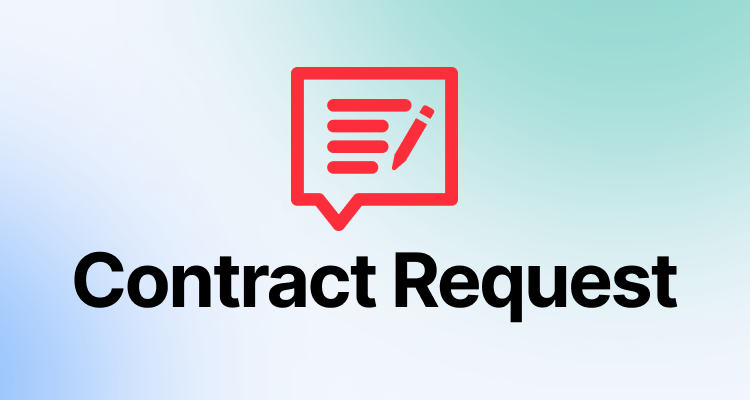The second line of that image is a regular expression (aka regex). If your support or ticket system supports regex, try that search against the content of your tickets. You can probably hand this to your BI team, too. It will find customer comments like, “Hey, we’re just cleaning up some files, and can we get a copy of our agreement?”
For some background, at my last company, I had a standing meeting on my calendar every week to read random support tickets. From this, the concept of the “Scary Six” was born.
One of the Scary Six was a “Contract Request.”
At Newton, about 70% of the time, when a customer requested a copy of their contract, it was a risk to their revenue longevity. We audited them regularly and found they broke down into the following buckets:
We want to know when we can or how easy it is to cancel (50%).
We just need our contract because we lost it (30%).
We are getting bought, going out of business, etc. (10%).
We need to see if we can cut some costs (10%).
We saw this flag about once per 6,000 email conversations (.0167%). Generally, this average rings true for most businesses we work with today.
Combining these two metrics, we estimated that for every 10,000 email conversations, we received about 2 Contract Requests. In other words, for every 10,000 emails, we had 1.4 customers at risk.
Once we identified Contract Request as a revenue impact, our incredible CS team trained everyone to identify “Contract Request” language. We then built a process for addressing them.
The before/after impact of identification and triage was remarkable and resulted in doubling the retention rate for this signal.
Over the next few weeks, I will post the rest of the “Scary Six” with their regex. Those left on the list are “Executive Change,” “Renewal,” “Response Lag,” “Overpromised,” and obviously, “Cancellation.”
Please let me know if you have any other “Scary” triggers. I hope you give this a shot and find it illuminating.

.png)

.png)
.png)

